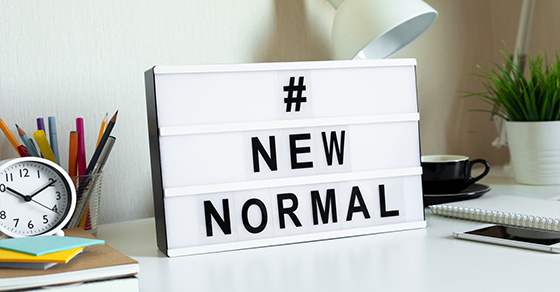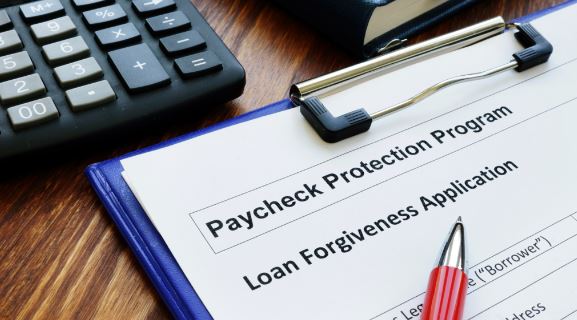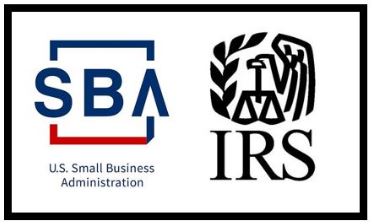PPP Loan Forgiveness Relief for Small Borrowers
 The SBA and Treasury Department released additional guidance related to the Paycheck Protection Program (PPP) this week. The guidance covers a simplified forgiveness application process for loans of $50,000 or less, clarification of the deferral period for PPP loan payments, and procedures required for changes of ownership of an entity that has received PPP funds.
The SBA and Treasury Department released additional guidance related to the Paycheck Protection Program (PPP) this week. The guidance covers a simplified forgiveness application process for loans of $50,000 or less, clarification of the deferral period for PPP loan payments, and procedures required for changes of ownership of an entity that has received PPP funds.
An interim final rule was issued that provides a simplified application to be used by recipients of PPP loan of $50,000 or less, and exempts these entities from and reductions in forgiveness based on reductions in full-time equivalents, and reductions in employee salary or wages. A Journal of Accountancy article detailing the changes can be found here.
Frequently asked question No. 52 was issued that clarifies that the Paycheck Protection Flexibility Act of 2020, P.L. 116-142, extended the deferral period for loan payments to either (1) the date that SBA remits the borrower’s loan forgiveness amount to the lender or (2) if the borrower does not apply for loan forgiveness, 10 months after the end of the borrower’s loan forgiveness covered period. The extension of the deferral period automatically applies to all PPP loans. A Journal of Accountancy article detailing the FAQ can be found here.
In addition, SBA issued a procedural notice that describes when a change of ownership is considered to have occurred and the responsibilities a PPP borrower continues to hold regardless of any change in ownership. The guidance clarifies requirements and may help businesses that have been trying to go through the forgiveness process quickly because of an impending transfer of ownership. A Journal of Accountancy article detailing the procedures notice can be found here.
For any questions or for clarification on any of these updates, please contact your Whalen advisor for assistance.



 COVID-19 has changed our lives in many ways, and some of the changes have tax implications. Here is basic information about two common situations.
COVID-19 has changed our lives in many ways, and some of the changes have tax implications. Here is basic information about two common situations.
 The SBA and Treasury released an interim final rule last week that in part addressed forgiveness of payments of rent paid to relate parties.
The SBA and Treasury released an interim final rule last week that in part addressed forgiveness of payments of rent paid to relate parties.
 President Trump signed a bill Saturday re-opening the application window for the Paycheck Protection Program (PPP) until Aug. 8.
President Trump signed a bill Saturday re-opening the application window for the Paycheck Protection Program (PPP) until Aug. 8.
 There have been important updates from the SBA and the IRS this week that we wanted to pass along to you. Here is a summary of each update:
There have been important updates from the SBA and the IRS this week that we wanted to pass along to you. Here is a summary of each update: